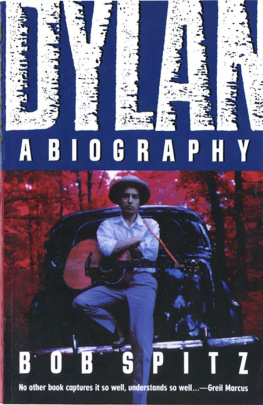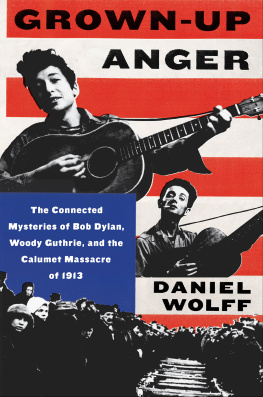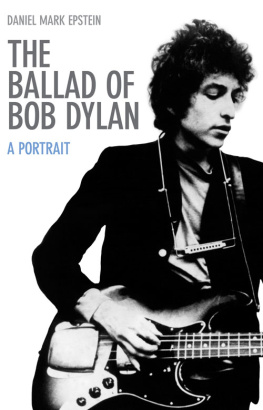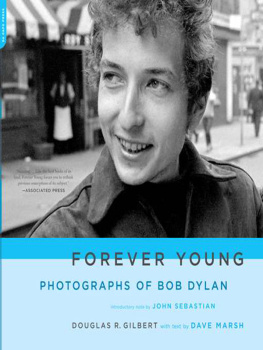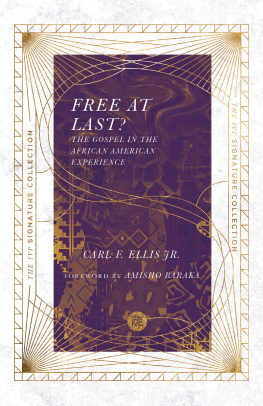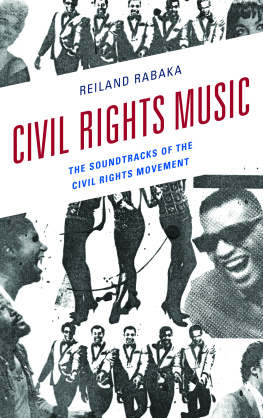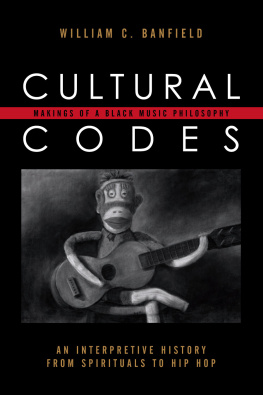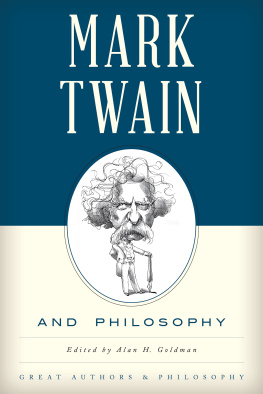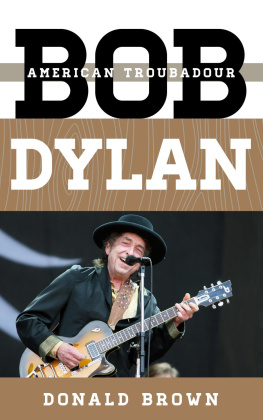Dylan Bob - On Highway 61 : music, race, and the evolution of cultural freedom
Here you can read online Dylan Bob - On Highway 61 : music, race, and the evolution of cultural freedom full text of the book (entire story) in english for free. Download pdf and epub, get meaning, cover and reviews about this ebook. City: Berkeley, United States, USA, year: 2014, publisher: Counterpoint, genre: Romance novel. Description of the work, (preface) as well as reviews are available. Best literature library LitArk.com created for fans of good reading and offers a wide selection of genres:
Romance novel
Science fiction
Adventure
Detective
Science
History
Home and family
Prose
Art
Politics
Computer
Non-fiction
Religion
Business
Children
Humor
Choose a favorite category and find really read worthwhile books. Enjoy immersion in the world of imagination, feel the emotions of the characters or learn something new for yourself, make an fascinating discovery.

- Book:On Highway 61 : music, race, and the evolution of cultural freedom
- Author:
- Publisher:Counterpoint
- Genre:
- Year:2014
- City:Berkeley, United States, USA
- Rating:4 / 5
- Favourites:Add to favourites
- Your mark:
On Highway 61 : music, race, and the evolution of cultural freedom: summary, description and annotation
We offer to read an annotation, description, summary or preface (depends on what the author of the book "On Highway 61 : music, race, and the evolution of cultural freedom" wrote himself). If you haven't found the necessary information about the book — write in the comments, we will try to find it.
The book begins with Americas first great social critic, Henry David Thoreau, and his fundamental source of social philosophy:---his profound commitment to freedom, to abolitionism and to African-American culture. Continuing with Mark Twain, through whom we can observe the rise of minstrelsy, which he embraced, and his subversive satirical masterpiece Huckleberry Finn. While familiar, the book places them into a newly articulated historical reference that shines new light and reveals a progression that is much greater than the sum of its individual parts.
As the first post-Civil War generation of black Americans came of age, they introduced into the national culture a trio of musical formsragtime, blues, and jazz that would, with their derivations, dominate popular music to this day. Ragtime introduced syncopation and become the cutting edge of the modern 20th century with popular dances. The blues would combine with syncopation and improvisation and create jazz. Maturing at the hands of Louis Armstrong, it would soon attract a cluster of young white musicians who came to be known as the Austin High Gang, who fell in love with black music and were inspired to play it themselves. In the process, they developed a liberating respect for the diversity of their city and country, which they did not see as exotic, but rather as art. It was not long before these young white rebels were the masters of American pop music big band Swing.
As Bop succeeded Swing, and Rhythm and Blues followed, each had white followers like the Beat writers and the first young rock and rollers. Even popular white genres like the country music of Jimmy Rodgers and the Carter Family reflected significant black influence. In fact, the theoretical separation of American music by race is not accurate. This biracial fusion achieved an apotheosis in the early work of Bob Dylan, born and raised at the northern end of the same Mississippi River and Highway 61 that had been the birthplace of much of the black music he would study.
As the book reveals, the connection that began with Thoreau and continued for over 100 years was a cultural evolution where, at first individuals, and then larger portions of society, absorbed the culture of those at the absolute bottom of the power structure, the slaves and their descendants, and realized that they themselves were not free.
Dylan Bob: author's other books
Who wrote On Highway 61 : music, race, and the evolution of cultural freedom? Find out the surname, the name of the author of the book and a list of all author's works by series.


